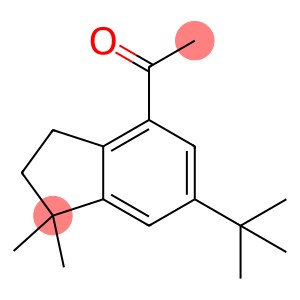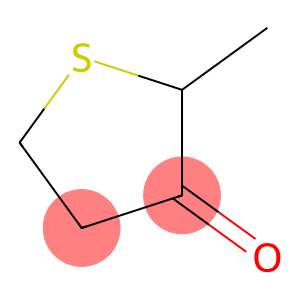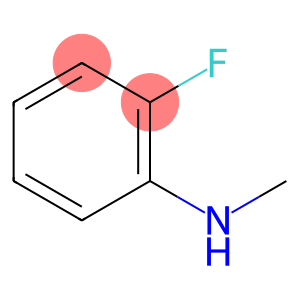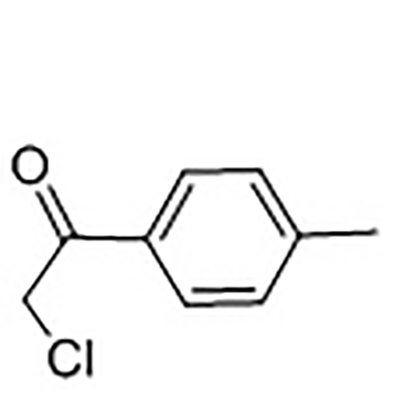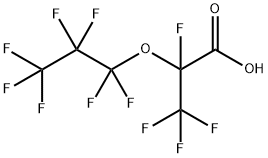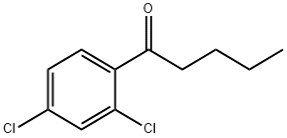6-tert-butyl-1,1-dimethylindan-4-yl methyl ketone(CAS#13171-00-1)
| Toxicity | Both the acute oral LD50 value in rats and the acute dermal LD50 value in rabbits exceeded 5 g/kg |
Introduction
Sally musk is a commonly used fragrance with a unique smell and chemical properties. Here is a brief introduction to the properties, uses, preparation methods, and safety information of Sully musk:
Quality:
- Appearance: White to light yellow crystalline or crystalline powder.
- Scent: Has a tough, aromatic and long-lasting musky scent.
- Solubility: Soluble in alcohols, ethers and certain organic solvents.
- Chemical properties: Sully musk is an important natural musk. The main components are terpenes and alcohols, which have biological activities such as antibacterial, anti-inflammatory and antioxidant.
Use:
- Fragrance industry: For its special musky smell, Sully musk is widely used as a base ingredient in flavors and perfumes.
- Pharmacy: Sali musk is also used in some traditional remedies to calm the liver and regulate qi, promote blood circulation and remove blood stasis.
Method:
- Traditional methods: Sully musk was originally extracted from the external protection of the Asian musk deer, but the use of wild musk is now banned due to illegal hunting and animal protection issues.
- Synthesis method: At present, the chemical synthesis method is mainly used to produce Sully musk. By synthesizing fragrances, chemists use different synthetic pathways and reactions to produce the aroma compounds of musk.
Safety Information:
- Sally musk is generally considered a fairly safe compound and is widely used in many products.
- However, long-term exposure to high concentrations of Sullie musk has been reported to have adverse health effects on individuals.
- In some countries, the use of Sully musk is subject to legal and regulatory restrictions, mainly due to environmental and biological toxicity concerns.


